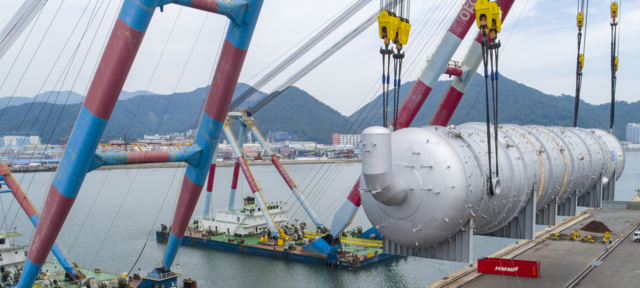Setting the standard for efficient project execution
Raising the bar for execution excellence

Both Linde experts are confident that the Advanced Work Packaging approach will continue to gain ground. “At the heart of AWP is execution efficiency – which is also the major benefit for our customers. But we gain from this ourselves too,” Leimer concludes. “AWP is the ideal way to overcome a silo mindset because the focus is on the common goal, which is clearly visible to everyone involved. Each individual can see how their own role fits into the bigger picture.” This transparency enhances cooperation among all project players – which ultimately motivates the entire team.